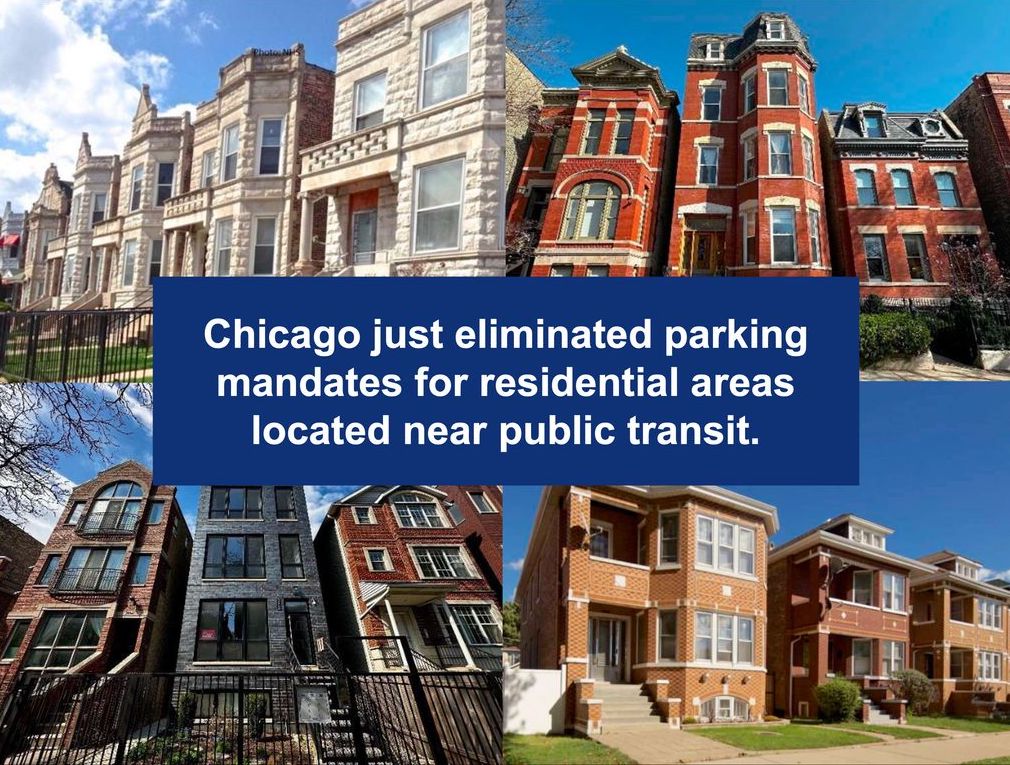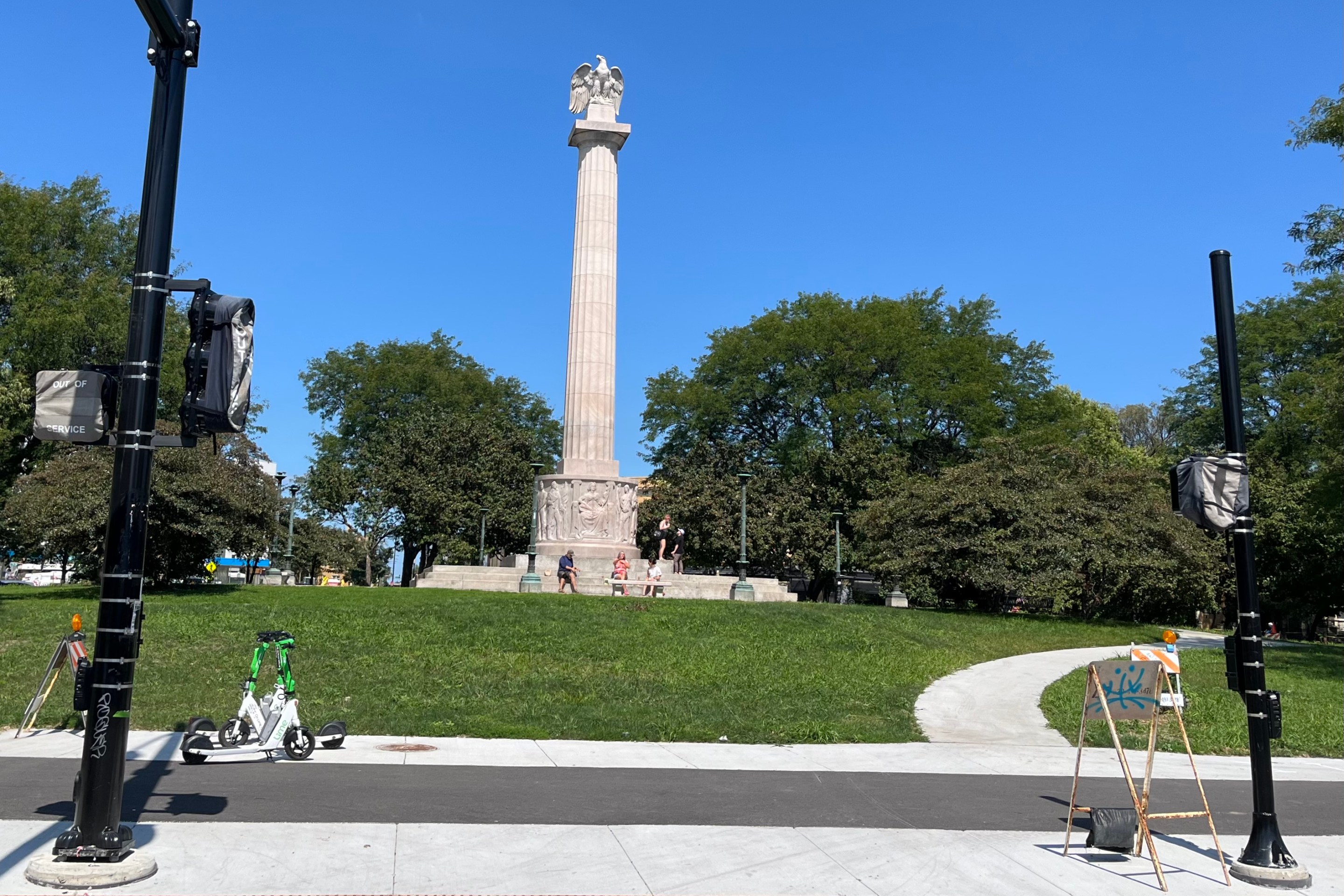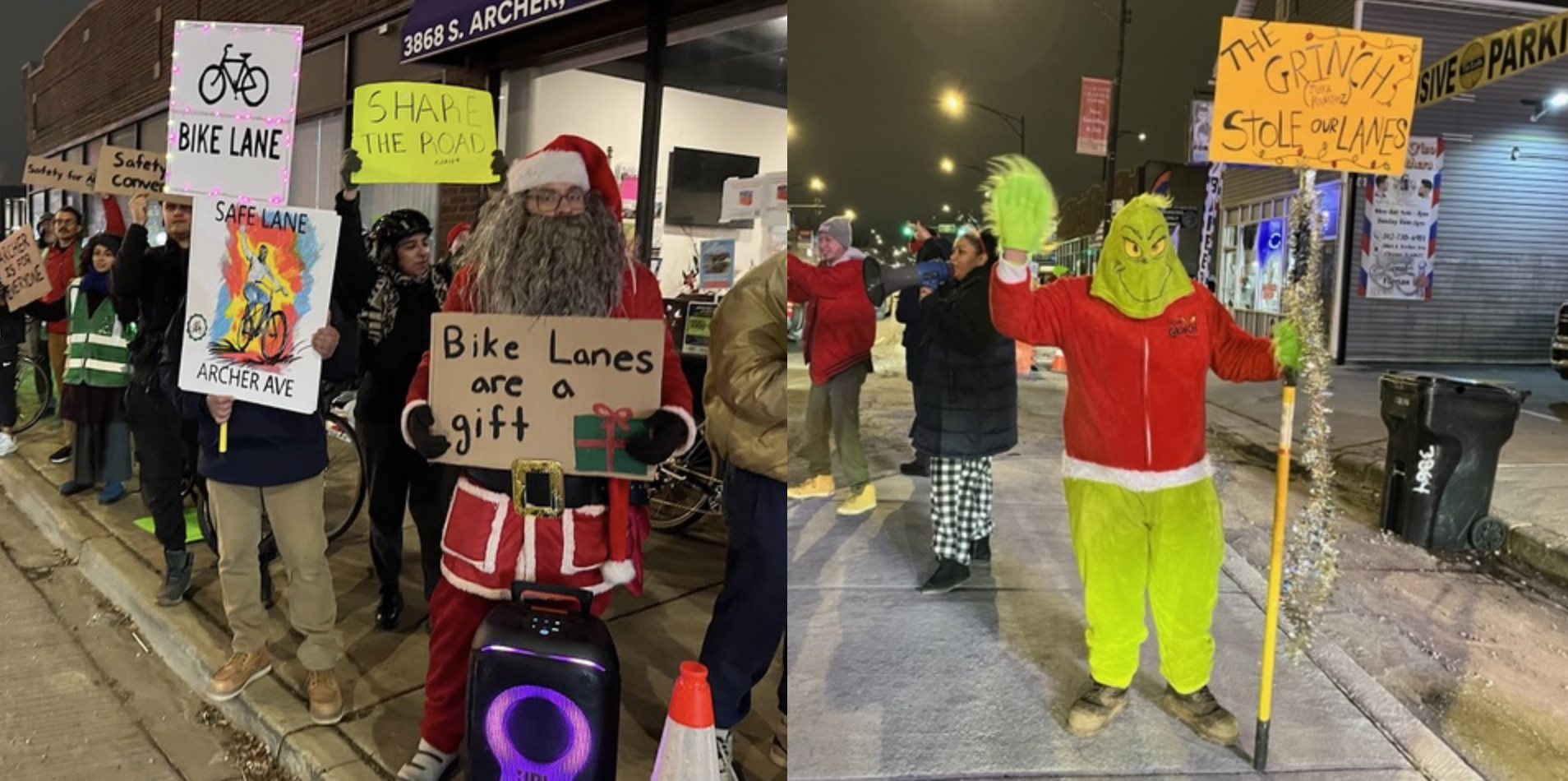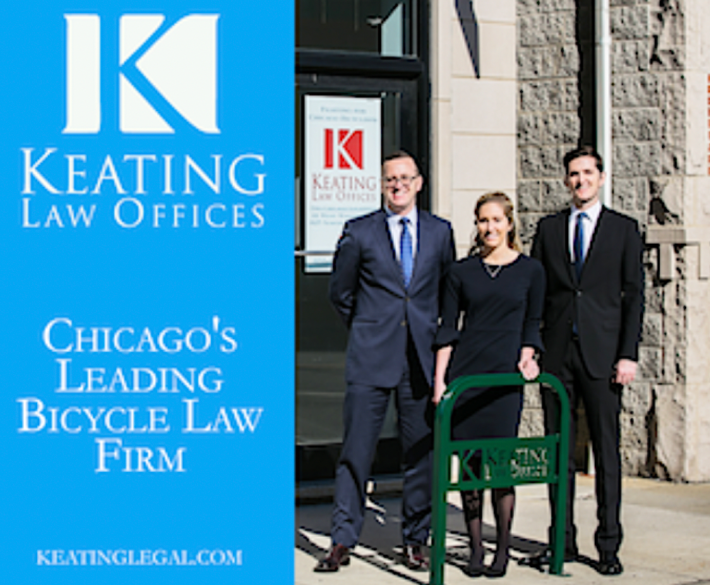
This post incorporates content from Streetsblog Chicago Cofounder and Advisor Steven Vance's development data website Chicago Cityscape.
This week there was reason to celebrate for both Chicago sustainable transportation fans, and folks working to make housing more plentiful in our city.
Prior to Wednesday's City Council vote, Chicago's Connected Communities Ordinance, passed in July 2022, already made it possible for developers to avoid building car parking near public transportation. But the newly amended ordinance snips the red tape that was previously required to get permission, making it much easier to build housing without making space for storing large metal boxes, "as of right." And that will mean lower costs for building housing near transit, which means more of it will be constructed. Therefore, more residents will be able to access school, jobs, retail, healthcare, and entertainment without driving.
Let's take a closer look at the new legislation that passed, and why it's such a big win for making Chicago more livable.
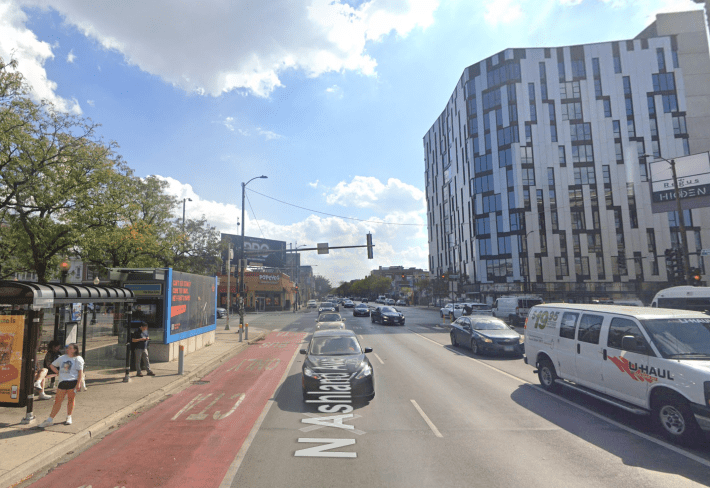
The nitty gritty
On Wednesday, the Council passed O2025-0015577, sponsored by sustainable transportation-friendly Ald. Daniel La Spata , which gives extra oomph to the existing Connected Communities Ordinance.
Previously, the ordinance allowed developers to apply for car parking requirements to be waived on properties within a quarter mile (about two standard Chicago blocks, roughly a five-minute walk) or high-frequency bus routes. That was also true for land within a half mile (four blocks, about a ten-minute stroll) from CTA or Metra stations.
The following info is subject to change because the final passed version of the new ordinance has not yet been published.
The full changes to the Connected Communities Ordinance:
- Developments in transit-served locations in all but "D" (downtown) zoning districts can provide zero parking without having to get an "administrative adjustment," which was previously a requirement for providing less than 50 percent of otherwise-required car parking.
- Developments in all "R" (residential) zoning districts, including RS and RT zoning districts, which are also in transit-served locations, can also provide zero parking without having to get an administrative adjustment. (Previously, opting out of parking was was only and option in transit-served locations in the RM, B, C, D, M, and PMD subarea B zoning districts.) The administrative adjustment was a prior requirement for providing less than 50 percent of otherwise required car parking. Previously, this relief was available only to RM residential zoning districts.
- When a developer intends to have provide less than 50 percent of otherwise-required car parking, and a Metra station is the only transit service that provides that eligibility for that development, an administrative adjustment is still required.
The ordinance will kick in when the journal of proceedings from yesterday's meeting is approved, likely at the next City Council meeting on September 25, 2025.
The ordinance also amended another part of the Connected Communities ordinance. Previously, any residential development that was going to try and use the density bonus available to those providing 20 percent affordable on site in a B-3 or C-3 zoning district had to obtain a "Type 1" zoning map amendment, which was easy to do when the developer was getting an upzone from City Council.
But proactive upzoning (on Western Avenue, Broadway, and Howard Street) will mostly negate the need to get an upzone from City Council to allow denser development. As such, going to the City Council just to get the "Type 1" zoning map amendment to enable the density bonus is an expensive burden. The amendment extends the density bonus to developments, still in B-3 and C-3 zoning districts, which are required to comply with the city’s Affordable Requirements Ordinance as a by-right option.
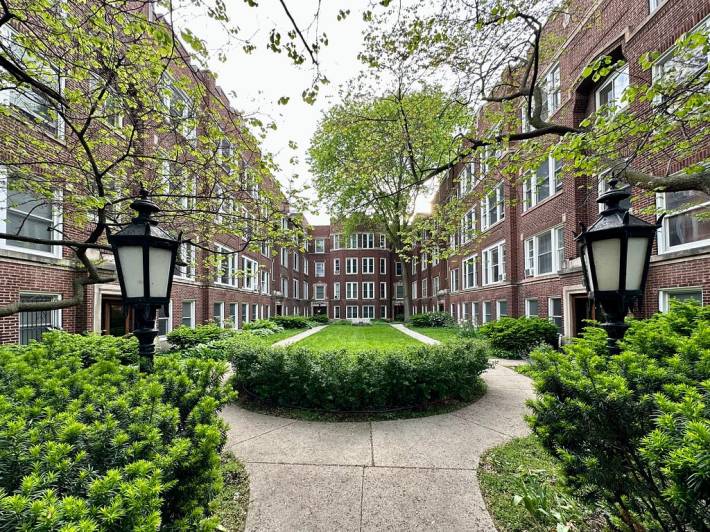
The benefits of the new ordinance
So what's so great about this bakery-fresh legislation? For starters, it extends parking relief to zoning classifications RS and RT. The former allows single-family homes and occasionally permits two-flats. The latter enables two-, three-, and four-flats, and occasionally five- and six-flats.
"314,079 existing detached houses and small/medium multi-family housing in Chicago are now able to have less parking, down to zero, even, because of this ordinance," Steven noted in a Bluesky post. "And 17,921 vacant lots of a minimum developable size are also newly eligible to have houses and multi-flats with less parking (including down to zero parking) than the status quo."
Instead of developers having to apply to the Department of Planning and Development for an "administrative adjustment" to allow few or no car parking spots, that permission will now be automatic.
For example, let's say you own a two-flat on a property where zoning would allow you to build another story or two on top of the building, but there's not enough space to add car spots. Now that won't be a problem at all – you could just proceed with building the new units, without going hat-in-hand to DPD to request its blessing.
Perhaps the biggest perk of the new ordinance will be the savings on time and money for developers. Applying to DPD for a parking adjustment requires a $500 fee and can take several weeks, assuming no additional documentation is requested. The biggest expense is the staff time required for submitting the administrative adjustment request, and responding to any additional requirements.
Since the new ordinance eliminates all that rigamarole, the result will be more development of car-lite or car-free housing near transit, available to more residents. That in turn means less driving on Chicago streets, fewer car crashes, and less congestion and pollution, which will benefit all of us. Sounds like a win-win-win!

Did you appreciate this post? If you haven't already, please consider making a tax-deductible donation here to help Streetsblog Chicago continue to report and advocate on sustainable transportation issues in 2026. Thank you!
